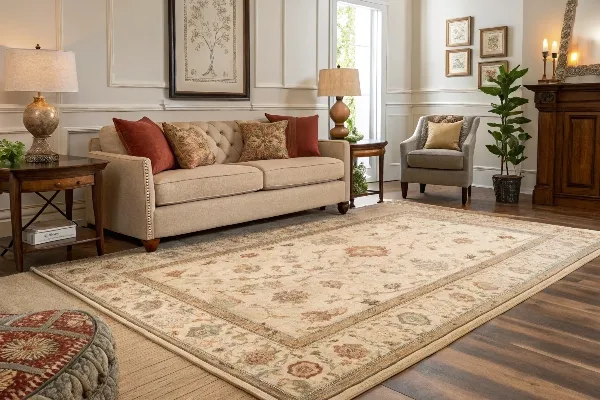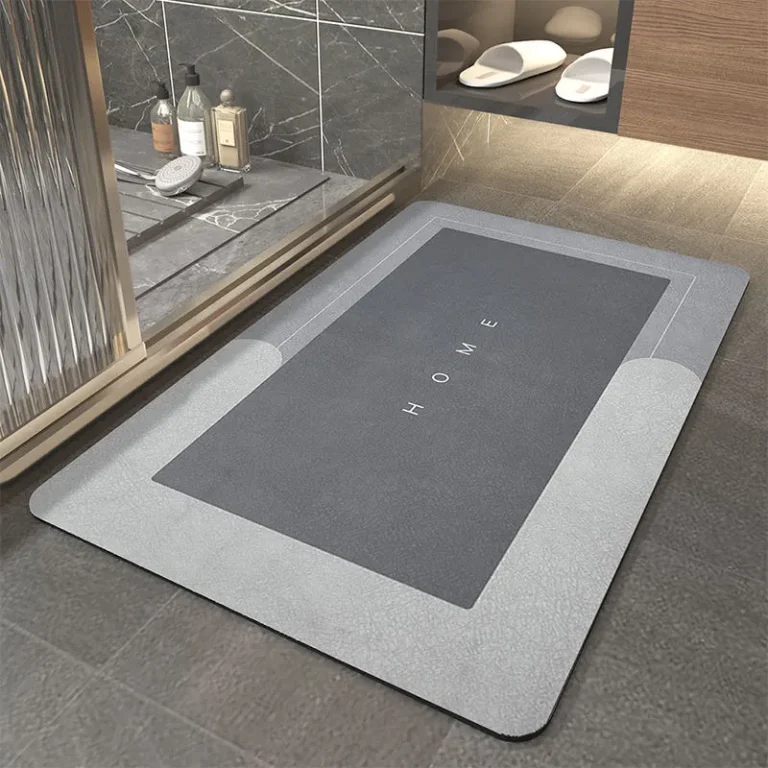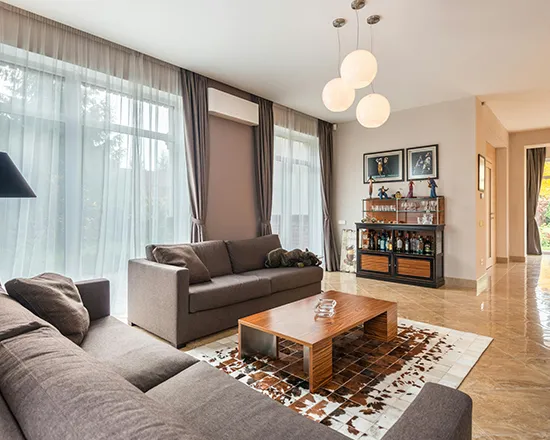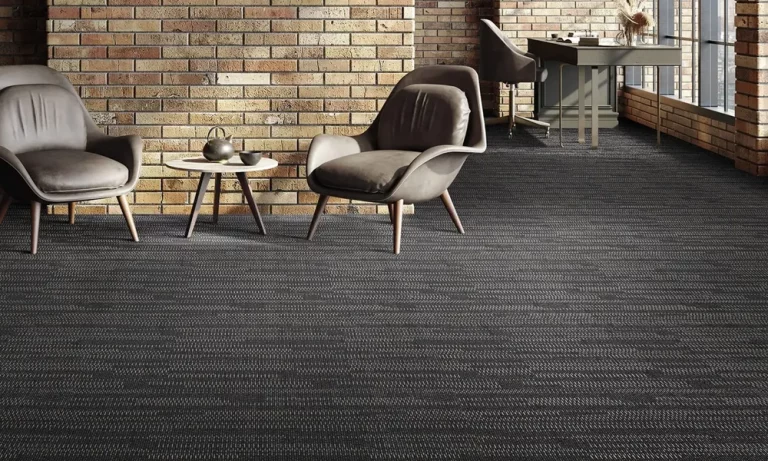Anti-slip mats are essential for ensuring safety and preventing accidents, especially in areas where slippery surfaces can cause falls. Whether used under rugs, carpets, or in wet areas like bathrooms, these mats serve a vital function in keeping things stable. But how long do they actually last?
The lifespan of an anti-slip mat depends on factors like usage, material quality, and maintenance, but typically they can last between 1 to 5 years.
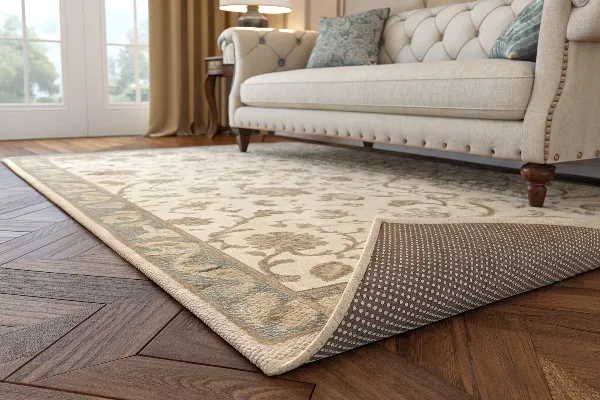
Anti-slip mats are made of various materials, each with its own durability. The key to maximizing the lifespan of these mats is proper care and choosing the right mat for the right environment. Let’s dive deeper into how long these mats last and what factors contribute to their longevity.
Do non-slip rug pads work?
When it comes to preventing slipping, non-slip rug pads1 are some of the most effective tools available. But do they really work as promised? Many people wonder if a simple pad can make a significant difference in rug stability.
Yes, non-slip rug pads do work, but their effectiveness largely depends on the quality of the pad and the surface it's used on.

How Non-Slip Rug Pads Function
Non-slip rug pads are designed to create friction between the rug and the floor, preventing the rug from shifting, curling, or bunching up. These pads are typically made from rubber, felt, or a combination of both. The rubber side grips the floor while the felt side prevents the rug from slipping on the pad.
Factors That Affect Effectiveness
-
Material Quality: High-quality non-slip rug pads, made from durable materials like natural rubber or memory foam, tend to last longer and offer better grip. Cheaper mats may lose their effectiveness over time as the rubber wears out or loses its adhesive properties.
-
Surface Type2: The surface of your floor plays a significant role in how well a rug pad works. Non-slip pads work best on hard surfaces like tile, wood, and laminate. On soft surfaces like carpet, a non-slip pad may not perform as well.
-
Rug Material: Some rugs, especially thick pile or plush rugs, may not hold onto the rug pad as effectively as thinner rugs. In this case, a thicker, more adhesive rug pad may be necessary.
While non-slip rug pads do work, their effectiveness can vary based on these factors, so choosing the right pad for your needs is essential.
What are the types of anti-slip mats and where can they be used?
There are several types of anti-slip mats available, and each serves different purposes depending on where they are used. Some are designed specifically for rugs, while others are better suited for wet areas or outdoor environments. Let’s explore the different types of anti-slip mats and their applications.
There are three primary types of anti-slip mats: rug pads, bathroom mats, and outdoor mats. Each has unique properties designed for specific environments.
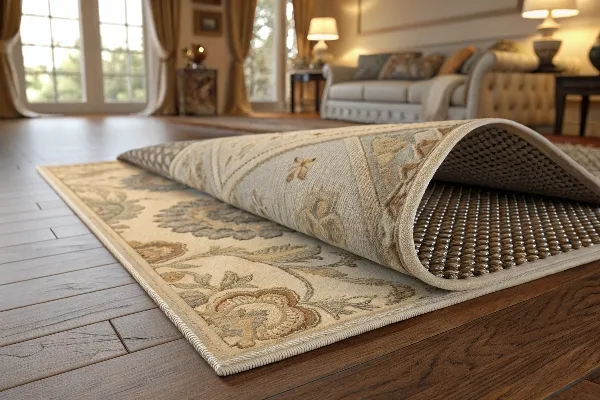
1. Rug Pads
These are the most common type of anti-slip mat, designed to be placed underneath rugs and carpets to keep them in place. Rug pads come in various materials, including rubber, felt, and memory foam. They are used primarily indoors, on hard surfaces like hardwood, tile, or laminate flooring.
- Use Case: Ideal for any indoor space, particularly living rooms, bedrooms, and hallways, where rugs are often moved or tripped over.
2. Bathroom Mats
Bathroom mats, often made of rubber or PVC, are designed for wet areas. These mats have drainage holes or textured surfaces that help prevent slipping in bathrooms, showers, and tubs. They are water-resistant and easy to clean.
- Use Case: Perfect for preventing slips in the bathroom, shower, or bathtub where moisture levels are high.
3. Outdoor Mats
Ar livre anti-slip mats3 are made from materials like rubber, coir, or polypropylene. These mats are often weather-resistant, allowing them to withstand rain, snow, and sun exposure. They are ideal for use in entryways, patios, or around pool areas.
- Use Case: Use them outside on entryways, patios, and around pools or other areas prone to wetness.
Each type of anti-slip mat is designed to suit different needs and environments, so it's important to choose the right one based on your location and the type of flooring you have.
Should a non-slip rug pad be the same size as the rug?
When it comes to sizing your non-slip rug pad, it’s essential to consider whether it should be the same size as the rug or slightly smaller. Many people wonder if a perfectly sized rug pad4 is necessary or if a slightly smaller pad would suffice.
Ideally, your non-slip rug pad should be slightly smaller than the rug.
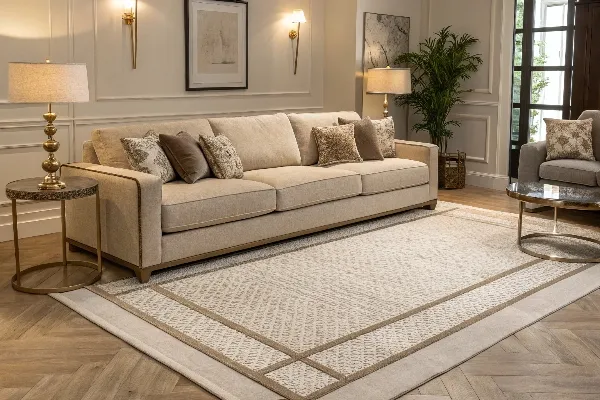
Why Should It Be Slightly Smaller?
-
Prevents Edges from Showing: A non-slip rug pad should be slightly smaller than the rug to prevent the edges of the pad from sticking out, which can create an uneven look and reduce the aesthetic appeal of the rug. A smaller rug pad also ensures that the rug's edges sit neatly on the floor without any mat peeking out.
-
Easier to Maintain: A rug pad that's slightly smaller than the rug is easier to maintain and clean. It allows the rug to settle more evenly without bunching or slipping over the pad.
-
Improves Grip: A smaller pad prevents the rug from sliding over the edges of the mat, which is especially important for larger rugs. It also allows the non-slip pad to work more efficiently by gripping the middle of the rug, helping to keep it in place.
Sizing Tips
- For small rugs, a rug pad the same size as the rug may be appropriate.
- For larger rugs, opt for a pad that’s about 1-2 inches smaller on all sides to ensure a snug fit and prevent visibility of the pad.
Should the rough side of the rug pad go up or down?
When installing a non-slip rug pad, one of the common questions people ask is whether the rough side of the pad should face up or down. This is an important detail to ensure that the rug stays in place and that the pad works effectively.
O rough side of the rug pad5 should go down, facing the floor.
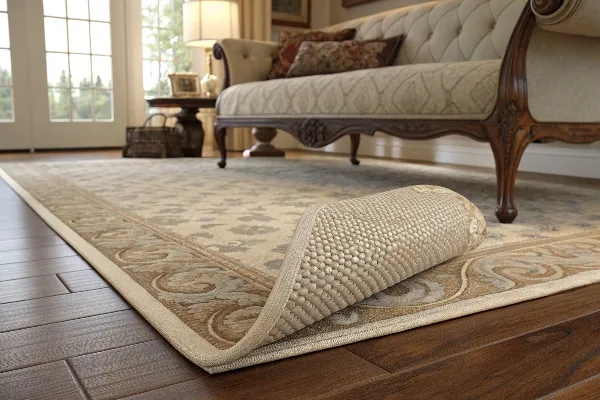
Why Should the Rough Side Go Down?
-
Increased Grip: The rough side of the pad is designed to grip the floor, preventing the rug from slipping. When the rough side is placed on the floor, it holds the rug securely in place.
-
Protects the Rug: The smoother side of the pad should face the rug. This allows the mat to cushion the rug and protect it from wear and tear. It also ensures that the rug's fibers don’t get damaged by friction.
How to Install the Rug Pad
- Lay the rug pad down on the floor with the rough side facing down.
- Place the rug on top of the pad, ensuring it fits snugly and aligns properly.
- Smooth out any wrinkles or bumps to ensure the rug stays evenly placed.
By installing the rug pad with the rough side down and the smooth side up, you ensure maximum stability and prevent slipping or sliding.
Conclusão
Anti-slip mats are a practical solution for increasing safety and preventing slips, but their longevity depends on factors like material quality and usage. Whether you’re using a non-slip rug pad, bathroom mat, or outdoor mat, understanding how these mats work and how to maintain them can extend their lifespan. By choosing the right type of mat, ensuring it fits properly, and using it in the right setting, you can enjoy the safety and convenience these mats provide for years to come.
-
Explore this link to understand how non-slip rug pads can enhance safety and stability in your home. ↩
-
Discover how different floor surfaces impact the performance of non-slip rug pads for optimal safety. ↩
-
Explore this link to understand the various types of anti-slip mats and their specific uses in different environments. ↩
-
Discover the advantages of using a rug pad to protect your floors and enhance your rug's longevity. This link provides valuable information. ↩
-
Understanding the function of the rough side can help you choose the right rug pad for your needs. ↩

